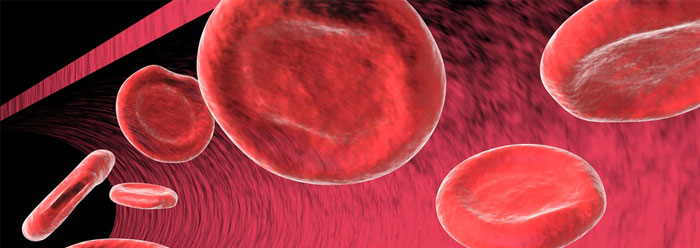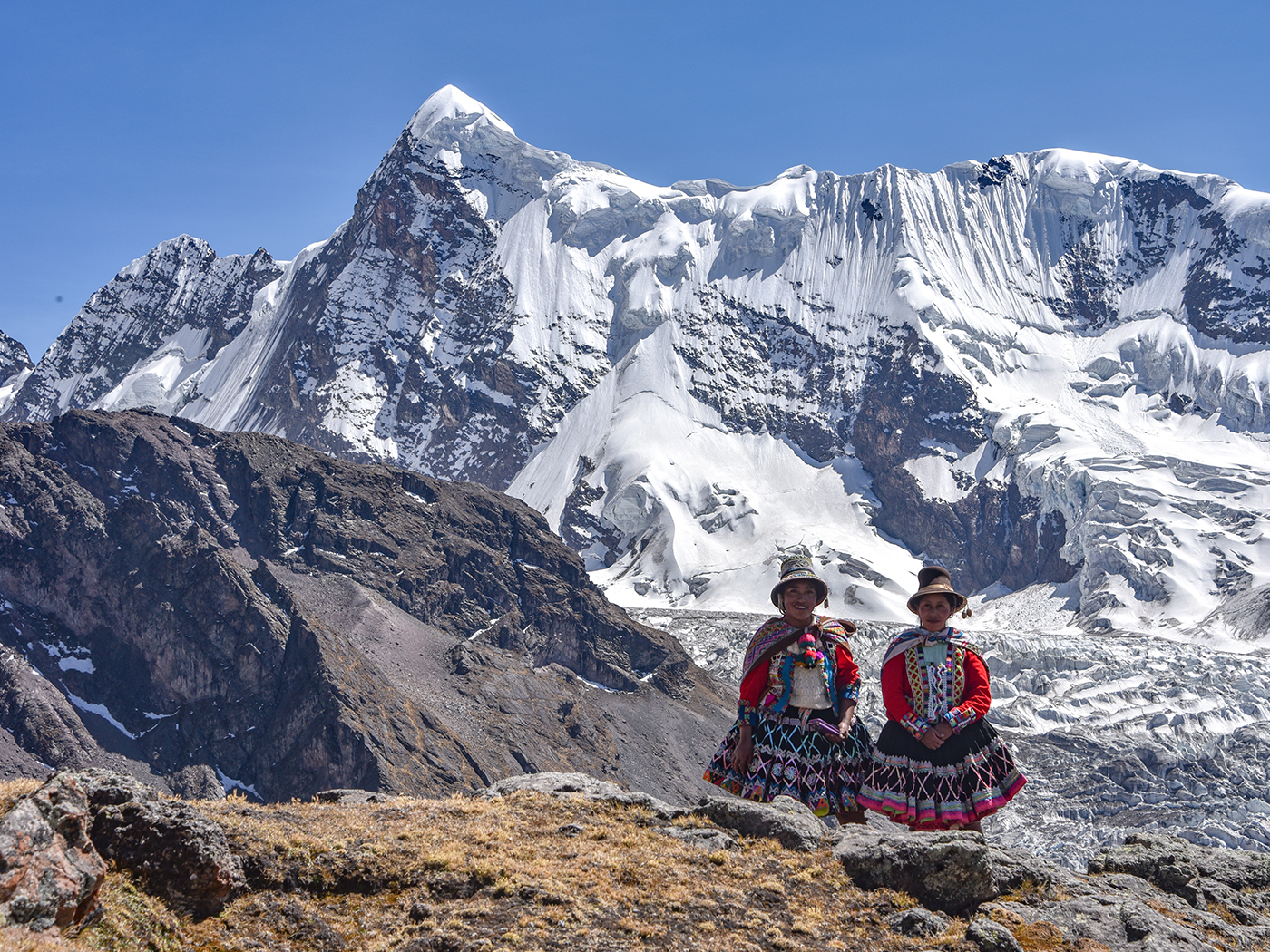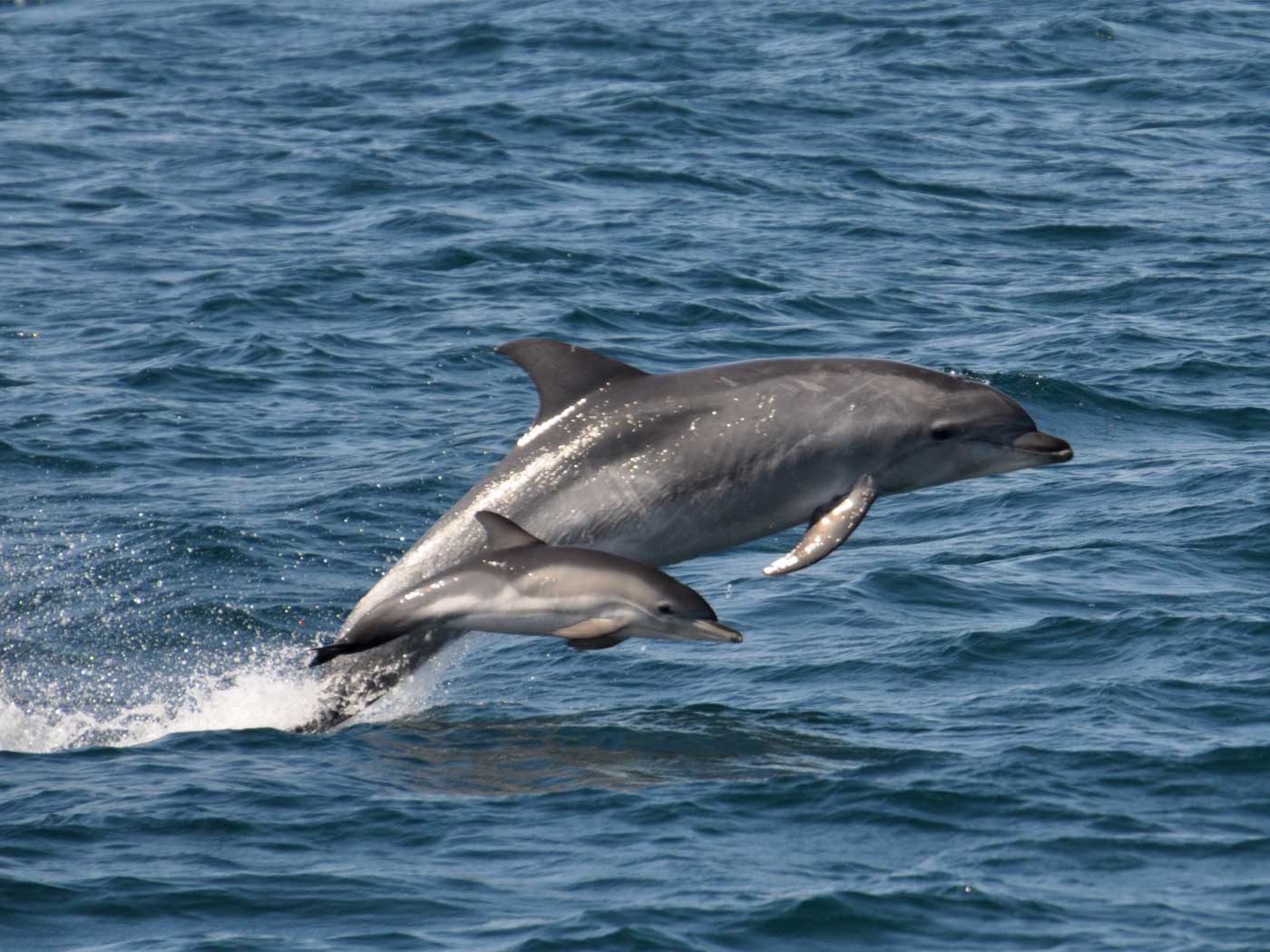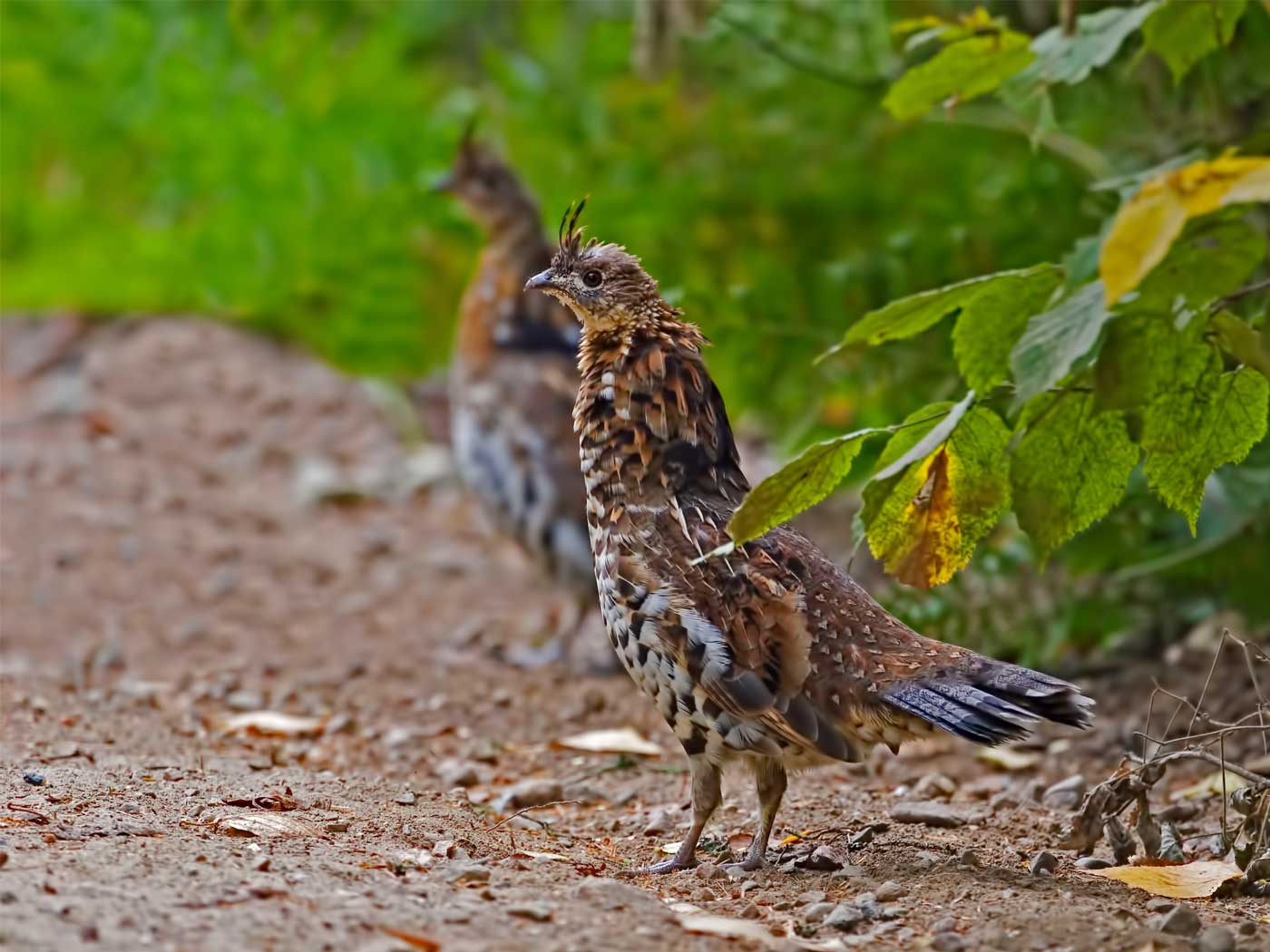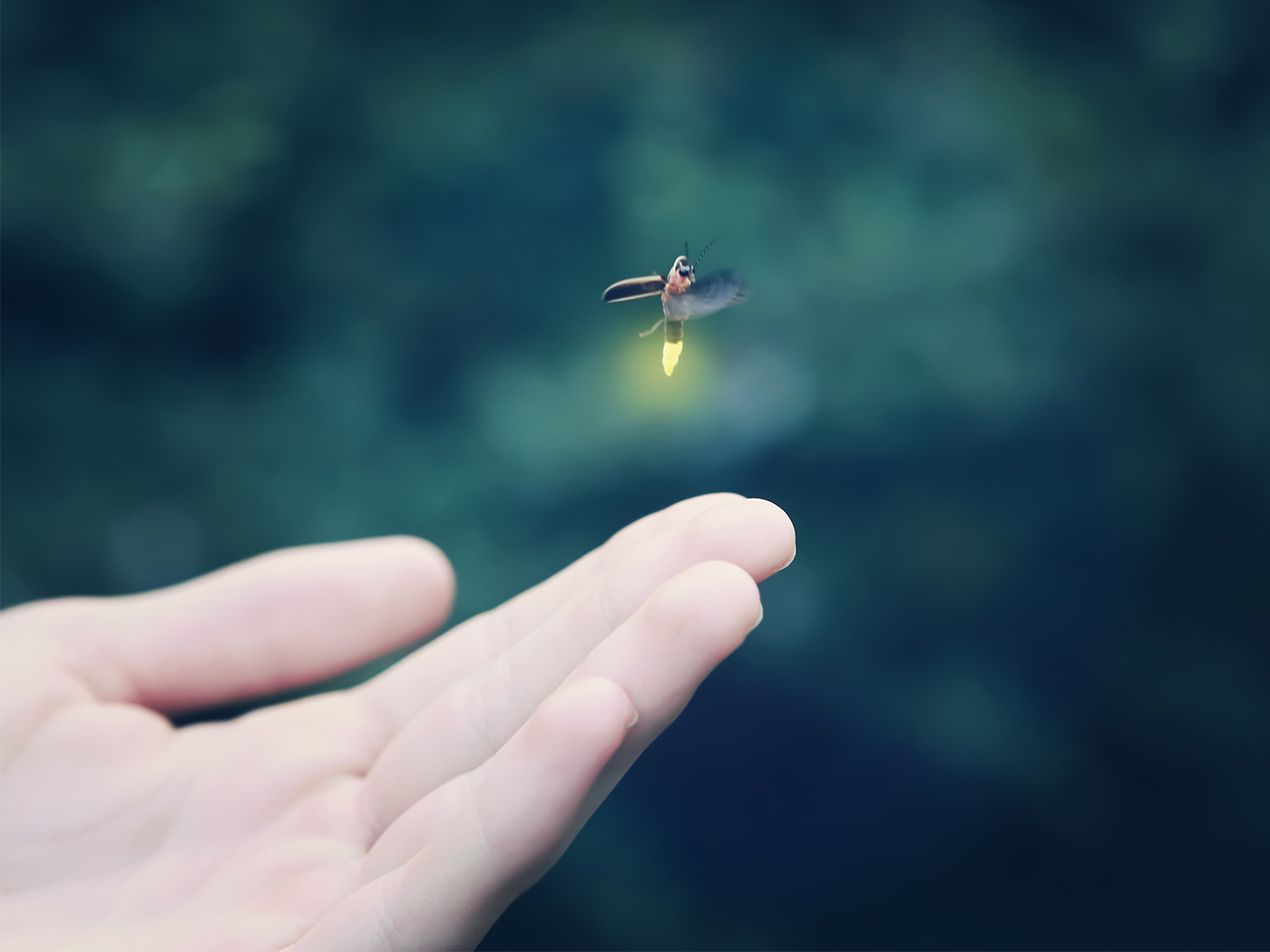An animal wouldn't grow larger than an insect without specialized equipment designed to transport oxygen to and carbon dioxide from cells deep inside its body. Fortunately, thousands of different animal kinds have been outfitted with tiny machines called hemoglobins that directly and specifically interact with individual oxygen molecules, making larger body sizes possible.
New research compared different animals' hemoglobin genes, and the investigators concluded that hemoglobin evolved…twice. The second version that supposedly evolved utilized a different --yet equally ingenious--strategy to interact with oxygen. But this conclusion goes far beyond the data and is instead based on a dogged insistence on evolution in a classic case of circular reasoning.
The study published online in Proceedings of the National Academy of Sciences focused on two unique aquatic creatures. Hagfishes and lampreys differ in many ways from any other vertebrate animals, including fishes. Neither has a jawbone, for example, or paired fins or scales. Instead, they have unique gill and gut structures, as well as unique biochemical and metabolic features. For these reasons--and because their fossils are not found below those of the modern fishes (which are already in the lowermost fossiliferous layer, the Cambrian) that they supposedly evolved into--it has been difficult for evolutionists to figure out how they fit into evolution's overall story.1
Given the distinctions that characterize these two kinds of aquatic animals, referred to as cyclostomes, it is not surprising that their hemoglobins operate in a peculiar yet effective way.
In all other vertebrates, called gnathostomes, the hemoglobin proteins provide many functions by their ingeniously subtle and efficient engineering. Since oxygen is so reactive, any molecule that temporarily carries it must somehow keep from reacting with it. The three-dimensional shape and precise distribution of charges in hemoglobin have therefore been fine-tuned to be strong enough to attract oxygen and carry it into deep tissues, but weak enough that the oxygen can be released into those tissues.
Hemoglobin, found packed inside red blood cells, occurs as sets of four separately manufactured proteins that automatically "snap" together. Remarkably, when an oxygen molecule links with one of the four protein parts, this changes the shape of the whole hemoglobin, making it easier for more oxygen to attach to the specialized docking stations on the other three protein parts. Hemoglobins also have special sites to which carbon dioxide and individual protons bind. When they do, this pushes oxygen off of hemoglobin when it is in deep tissues.
It would defy credulity to imagine that unguided nature could have invented this kind of micro-specialization even once. But the PNAS study ventured even further by claiming that a second but equally ingenious oxygen-carrying mechanism was engineered--with no real engineer present.
The authors stated, "We discovered that the ancestors of cyclostome and gnathostome vertebrates independently invented erythroid-specific O2 transport hemoglobins," as if the researchers were present "450 million years ago" to observe this dubious event.2 ("Erythroid" refers to the red blood cells which serve to house hemoglobins in the blood.)
In cyclostomes, instead of the hemoglobin adjusting its affinity for oxygen by subtle shape-shifts, the individual protein sections separate when bound to oxygen, then snap back together when oxygen departs. Both mechanisms work to permit "rapid and efficient Oxygen unloading" into a cyclostome's deep tissues.
But even a slight adjustment to the way either this or the gnathostome hemoglobin molecule is arranged would disable it, and this would kill the creature.
For this reason, the authors' assertion that each of these two oxygen-carrying systems constitutes "an impressive demonstration of the ability of natural selection to cobble together complex design solutions by tinkering"2 is not scientific, but faith-based. What is actually observed happening in nature is the opposite of cobbling, tinkering, and inventing. Instead, all systems (even living systems) are deteriorating.3
Unless a new, radical, and repeatable experiment can show otherwise, nature clearly has no imagination with which to invent, no mind that's able to tinker, and no hands with which to cobble.
But there is One who has the ability to do all these things, and He should be credited with hemoglobins' fine craftsmanship.
References
- "No forms intermediate between agnathans and gnathosomes are known." Hickman, C. P., L. S. Roberts and A. Larson. 1997. Integrated Principles of Zoology. Dubuque, IA: Wm. C. Brown Publisher, 480. Quoted in Morris, J. D. and F. Sherwin. 2010. The Fossil Record. Dallas, TX: Institute for Creation Research, 134.
- Hoffmann, F. G., J. C. Opazo, and J. F. Sortz. 2010. Gene cooption and convergent evolution of oxygen transport hemoglobins in jawed and jawless vertebrates. Proceedings of the National Academy of Sciences. Published online before print July 26, 2010.
- Biological systems are deteriorating at more than one level. At the population level, as a group of organisms spreads out over a given habitat area, the genetic integrity inherited from that population's founders decreases. When for various reasons individuals die, the remaining representatives must survive with less overall genetic information. At the individual level, mutations relentlessly accumulate. If the population is small, this accumulation accelerates, causing extinction even sooner than would occur in a larger population. See Sanford, J. C. 2008. Genetic Entropy & the Mystery of the Genome. Waterloo, NY: FMS Publications.
* Mr. Thomas is Science Writer at the Institute for Creation Research.
Article posted on August 9, 2010.




